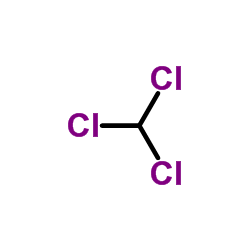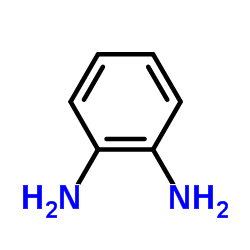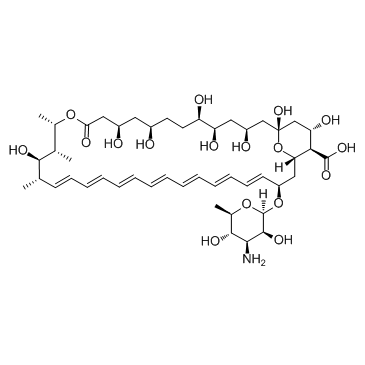| Structure | Name/CAS No. | Articles |
|---|---|---|
 |
Chloroform
CAS:67-66-3 |
|
![5-(((2,5-DIOXOPYRROLIDIN-1-YL)OXY)CARBONYL)-3-OXO-3H-SPIRO[ISOBENZOFURAN-1,9'-XANTHENE]-3',6'-DIYL DIACETATE Structure](https://image.chemsrc.com/caspic/155/150206-05-6.png) |
5-(((2,5-DIOXOPYRROLIDIN-1-YL)OXY)CARBONYL)-3-OXO-3H-SPIRO[ISOBENZOFURAN-1,9'-XANTHENE]-3',6'-DIYL DIACETATE
CAS:150206-05-6 |
|
 |
o-Phenylenediamine
CAS:95-54-5 |
|
 |
Resiquimod
CAS:144875-48-9 |
|
 |
Amphotericin B
CAS:1397-89-3 |
|
 |
5-Carboxyfluorescein diacetate N-succinimidyl ester
CAS:150347-59-4 |